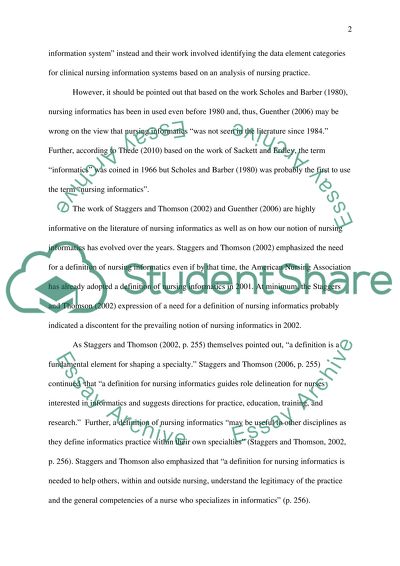Cite this document
(“Nursing Informatics Telehealth and Graves and Corcorans Term Paper”, n.d.)
Retrieved de https://studentshare.org/nursing/1391400-nursing-informatics-telehealth-and-graves-and-corcorans-data-information-knowledge
Retrieved de https://studentshare.org/nursing/1391400-nursing-informatics-telehealth-and-graves-and-corcorans-data-information-knowledge
(Nursing Informatics Telehealth and Graves and Corcorans Term Paper)
https://studentshare.org/nursing/1391400-nursing-informatics-telehealth-and-graves-and-corcorans-data-information-knowledge.
https://studentshare.org/nursing/1391400-nursing-informatics-telehealth-and-graves-and-corcorans-data-information-knowledge.
“Nursing Informatics Telehealth and Graves and Corcorans Term Paper”, n.d. https://studentshare.org/nursing/1391400-nursing-informatics-telehealth-and-graves-and-corcorans-data-information-knowledge.


